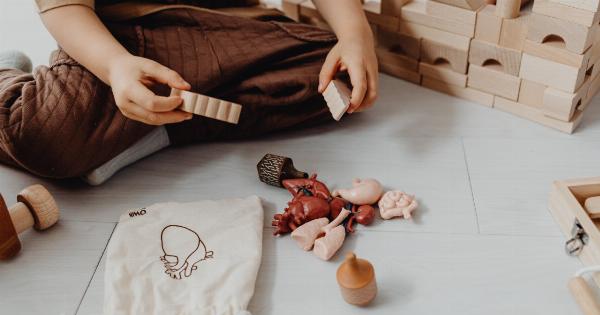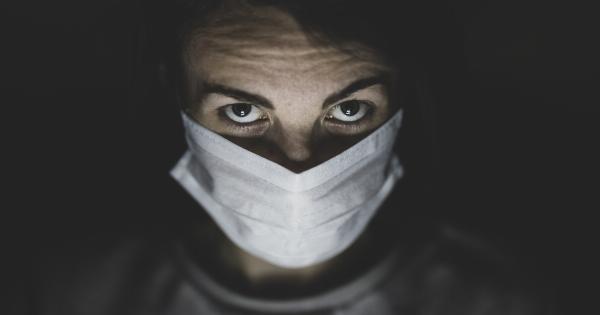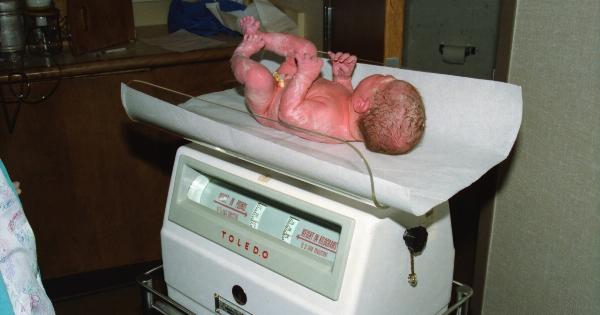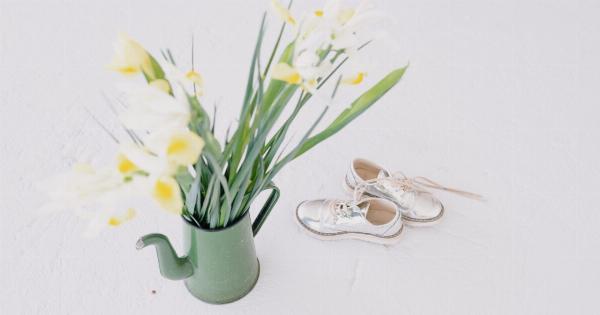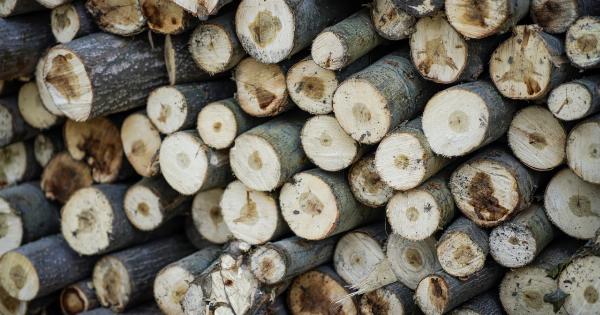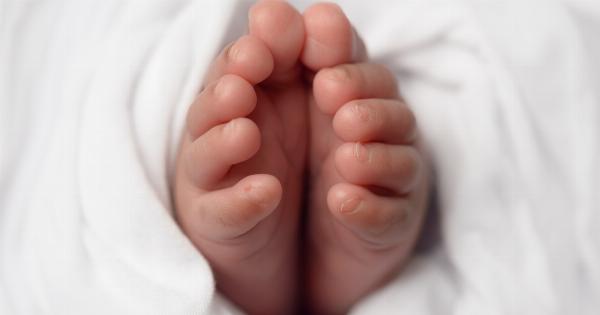After the baby is born, the umbilical cord is clamped and snipped, leaving a small stump. The cord stump will gradually dry up and fall off on its own. However, it can take anywhere between 1-3 weeks for the cord stump to fall off completely.
How Do I Care for My Baby’s Umbilical Cord Stump?
Caring for the umbilical cord stump is important to prevent infections and promote healing. Here are some tips to help your baby’s cord stump fall off smoothly:.
1. Keep the Area Clean and Dry
To prevent bacterial infection, it’s essential to keep the area around the umbilical cord stump clean and dry. Use a clean, wet cotton ball or soft cloth to gently wipe away any dirt or debris around the stump a few times daily.
Pat the area dry with a clean cloth, or let it air dry completely before dressing the baby.
2. Use Only Water
Don’t use alcohol or any other antiseptic creams or ointments on the umbilical cord stump. Warm water is enough to keep the area clean. Exposing the stump to fresh air can speed up the drying process and help it fall off faster.
If necessary, you can fold your baby’s diaper below the stump to keep it dry and expose it to the air.
3. Avoid Tight Clothing
Avoid dressing your baby in tight clothing or diapers that rub against the umbilical cord stump. Instead, choose loose-fitting clothes and diapers until the cord falls off completely.
4. Watch Out for Signs of Infection
While umbilical cord infections are rare, it’s essential to watch out for any signs of infection and seek medical attention if you notice them. Signs of infection may include:.
- Redness, swelling or tenderness around the cord stump.
- Foul-smelling or discharge from the stump.
- Bleeding from the stump.
- Fever or lethargy in the baby.
5. Be Patient
Don’t try to pull or force the cord stump to fall off prematurely, as this can cause bleeding and risk of infection. The stump will eventually dry up and fall off on its own.
Conclusion
Caring for your baby’s umbilical cord stump can help prevent infections and promote healing.
By keeping the area around the stump clean and dry, using only water, avoiding tight clothing, watching out for signs of infection and being patient, the cord stump will fall off naturally, allowing your baby to continue with a healthy and happy life.


